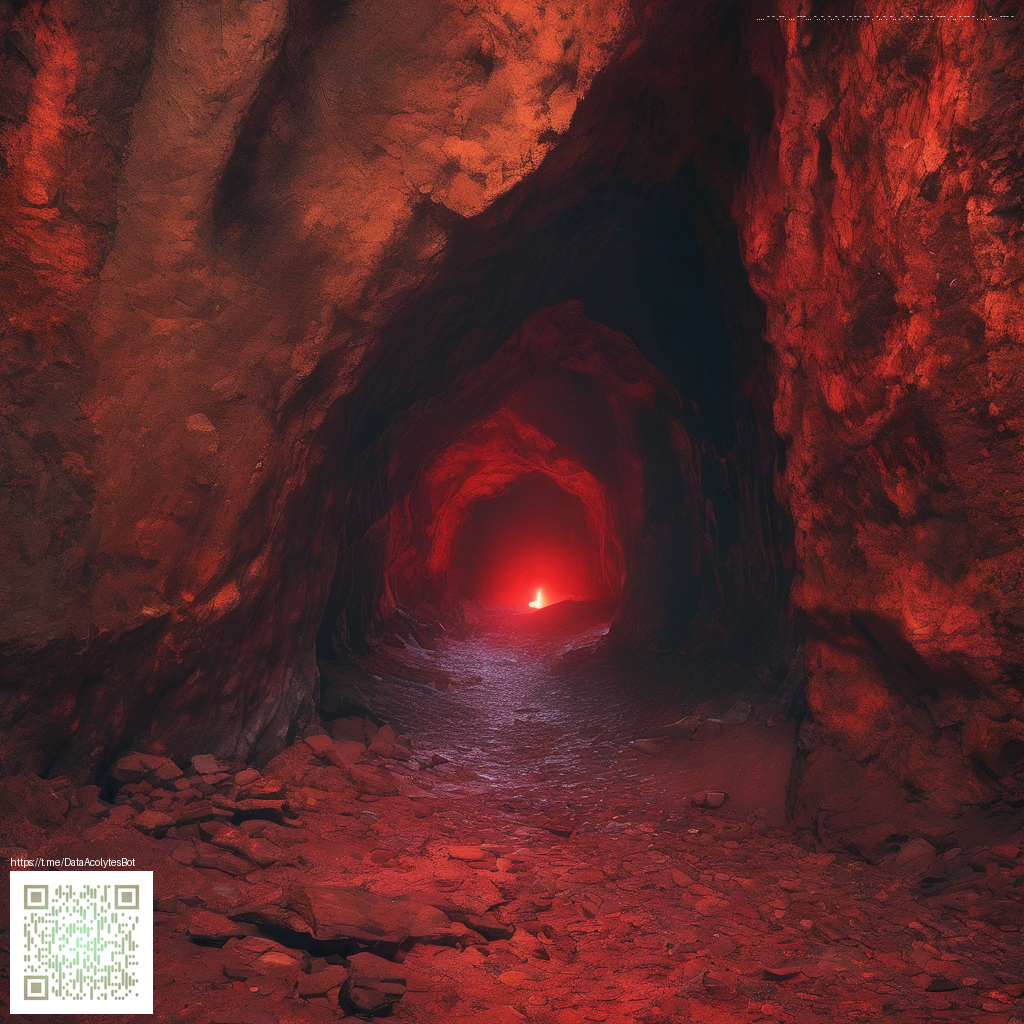
Soundtrack as the first line of defense against fear
The score and sound design in Five Nights at Freddy’s operate like a second layer of strategy for the player. The music rarely borrows big orchestral cues, instead leaning into precise textures that push tension without shouting. Subtle synth pads, metallic ticks, and mechanical sighs become a living environment that you navigate with the camera on a dim monitor. This approach turns sound into a game mechanic as important as any door or light switch. When you hear a distant clank or a room tone that suddenly shifts, your brain starts predicting threats long before the screen reveals them 💠
How early tracks forge the mood in a limited space
In the original game, the tempo is steady yet restrained. The tracks are light on melody and heavy on atmosphere, which makes each action feel consequential. The absence of loud musical blasts means the jump scare lands with a sharper sting, because your ears have learned to expect quiet rather than noise. The contrast between silence and sudden sound is the core tool used to pull the player into a state of vigilant unease. This design philosophy mirrors classic suspense cinema where restraint heightens impact
Sound design as a character that whispers back
Beyond music, the room tone and ambient effects act as a kind of hostile ally. The hum of vents, the soft whirr of animatronics in the distance, and the clatter of doors add texture to each moment. When an unseen danger closes in, the audio cues become a guide map that you must interpret in real time. The sound design rewards attentive players who learn the cadence of the facility and how different corridors carry distinct sensory signatures. It is a language that players learn to speak with their ears as well as their eyes
The audio refuses to let you forget the danger even when you think you are safe, and that is the essence of the scare
Community members often point to how audio pacing creates a psychological corridor that you must traverse repeatedly. The same hallway might sound inviting one moment and claustrophobic the next. This dynamic fosters a ritual feel to each night shift, turning the act of listening into a form of in game stamina test. The tension builds not from a single event but from a sequence of carefully placed sound events that escalate as time passes
From practice rooms to the wider universe of mods and fan culture
The fan base has embraced the soundtrack as a storytelling tool. Players remix fragments of motifs into compilations that underscore different emotional beats and even reimagine moments from the perspective of the antagonists. Modders sometimes push the sonic envelope by tweaking ambience or adding new cues for custom nights. These creative explorations reveal how malleable the soundscape is and how much the tone depends on small sonic choices rather than large musical statements. The result is a thriving ecosystem where audio becomes part of the world building
One studio mindset and multiple entries into the genre’s future
Developers initially crafted sound with a practical mindset, prioritizing reliability on limited hardware while ensuring that audio cues were unmistakable on the early PC platforms. As the series progressed the sonic palette expanded. Later installments experimented with stronger voice acting and broader musical textures while preserving the core tension driving the original games. The evolution shows a clear through line from minimal yet deadly effective cues to more elaborate acoustic storytelling while always keeping fear anchored to sound rather than spectacle
For players who have followed the franchise from its early days to current releases the soundtrack remains a through line that bridges the original experiments with modern production value. The balance between quiet atmosphere and sudden stimuli continues to define what makes the series memorable for newcomers and veterans alike. The sound design invites careful listening and turns every night shift into a study of how fear can be engineered through audio alone
As fans discuss narratives and lore the soundtrack often surfaces as a mediator between emotion and action. It shapes not only what you fear but how you fear it and when you choose to react. The result is a deeply immersive experience where audio is a partner in the chase rather than a mere backdrop. The horror tone feels earned because you have learned to expect and respond to the cues that the game cultivates over time 💡 ꩜ 🌑 👁️
Recent discussions in the community highlight how the soundtrack has influenced other indie creators who seek to convey dread with a restrained musical voice. This impact illustrates the enduring power of sound design to define a genre. When players talk about the experience with friends they often refer to the sensation of moving through a structure that feels alive because of the audio textures that accompany every step. That is the lasting gift of a score that works in harmony with gameplay rather than overpowering it